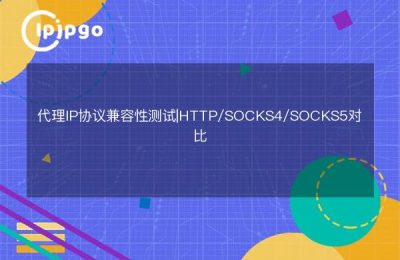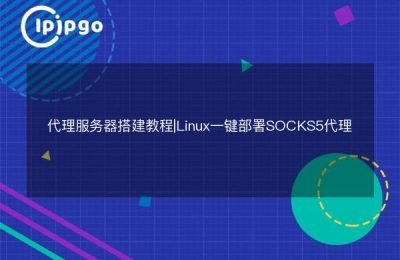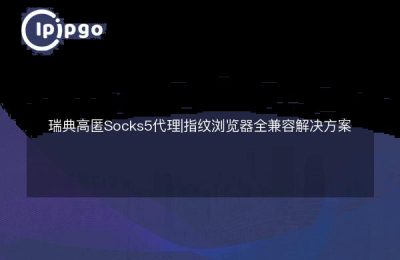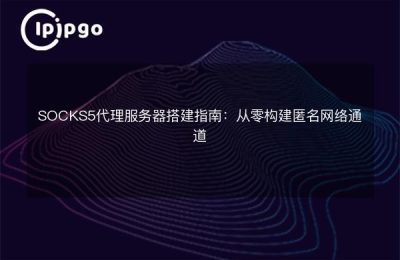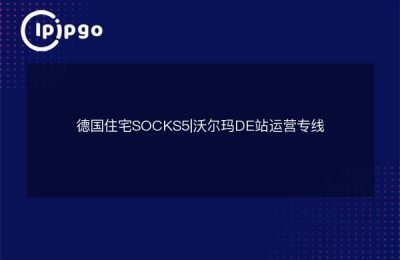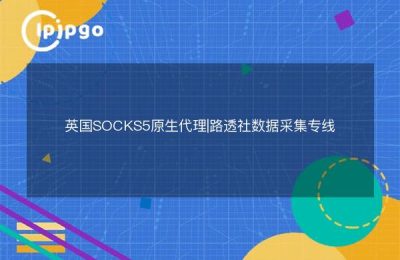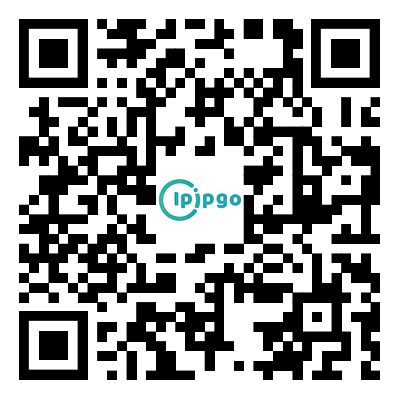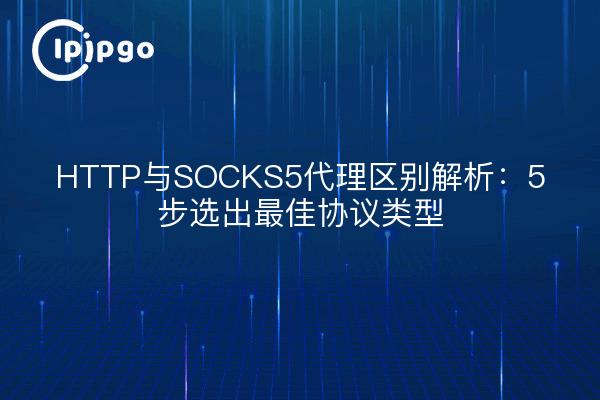
A cross-border e-commerce team had chosen the wrong proxy protocol, resulting in a batch of accounts being blocked - they used an HTTP proxy to do live push streaming, and as a result, the platform detected abnormal protocol characteristics. Choosing a proxy protocol is like choosing running shoes, lightweight models for sprints and cushion models for marathons. Today, we teach you to use real business scenarios to select protocols and avoid 80% configuration errors.
I. Core differences: agreement hierarchy determines functional boundaries
Compare network transport to courier transportation: HTTP proxies are professional couriers (only delivering specific packages), SOCKS5 is a universal errand boy (can deliver anything). The difference in actual business is even more obvious:
| comparison term | HTTP proxy | SOCKS5 Agent |
|---|---|---|
| protocol level | Application layer (7 layers) | Session layer (5 layers) |
| Supported Protocols | HTTP/HTTPS | TCP/UDP full protocol |
| data retrieval | Modifications can be parsed | Direct forwarding without parsing |
| Typical delay | 300-500ms | 80-150ms |
Take ipipgo's protocol intelligent recognition function as an example, the system will automatically detect the target website protocol characteristics: access to the e-commerce platform with HTTP to ensure compatibility, live streaming cut SOCKS5 to reduce latency.
II. Five-step selection method: business scenarios determine the agreement
Step 1: Confirm the type of data transfer
- Web browsing/API calls → HTTP
- Video streaming/P2P transfer → SOCKS5
Step 2: Detecting Protocol Restrictions
Execute at the command line:
telnet Target site 80(Detecting HTTP ports)
nc-zv target site 443(Detecting HTTPS ports)
Step 3: Assess the need for anonymity
- Requires modification of the request header → HTTP
- Completely hide protocol features → SOCKS5
Step 4: Test actual throughput
Using ipipgo'sProtocol speed measurement tools::
curl -x http://gateway.ipipgo.io:10808 speedtest.ipipgo.com curl -x socks5://gateway.ipipgo.io:10808 speedtest.ipipgo.comStep 5: Set up smart switching rules
Configured in the ipipgo console:
- URLs containing "/api/" force HTTP
- Enable SOCKS5 for paths containing "/stream/".
III. Typical Business Scenario Protocol Program
Scenario 1: Social Media Matrix Operation
- Graphic Release: HTTP Proxy Modification User-Agent
- Live Push Streaming: SOCKS5 Proxy Guaranteed UDP Transmission
Using ipipgo'sDual Protocol Binding Function, a single account can be configured with both protocol egresses.
Scenario 2: Cross-border e-commerce price monitoring
- Commodity details collection: HTTP proxy rotation IP
- Payment interface call: SOCKS5 fixed residential IP
opensProtocol Isolation Mode, preventing different business traffic from interfering with each other.
IV. Guide to avoiding pitfalls: typical cases of agreement misuse
Case 1: HTTP proxy to do video crawler
Phenomenon: video clip loss, lag
Reason: HTTP does not support UDP streaming
Solution: Switch ipipgo's SOCKS5 proxy + enable UDP optimization
Case 2: SOCKS5 agent doing account registration
Phenomenon: CAPTCHA triggered frequently
Reason: Missing device fingerprint for HTTP header
Solution: Enable ipipgo'sProtocol masquerading functionThe following is a list of common HTTP headers that are automatically injected into the
V. Answers to high-frequency questions
Q: How do I verify the type of protocol currently in use?
A: Visit ipipgo'sProtocol Detection PageThe connection protocol and port characteristics are displayed in real time.
Q: Will dual protocols conflict when used simultaneously?
A: Enable ipipgo'sprotocol shunting technologyThe system automatically assigns independent channels to different services.
Q: What should I do if I encounter a 407 protocol error?
A: Reset the authentication token in the console "Protocol Management" and check the port mapping rules.
It is recommended to turn on the ipipgo consoleProtocol Adaptive Mode--The system automatically selects the optimal protocol based on real-time network conditions. Test a team to open the function, API request success rate from 68% to 94%. remember, there is no universal protocol, only the most suitable for the business scenarios of the combination of programs.

